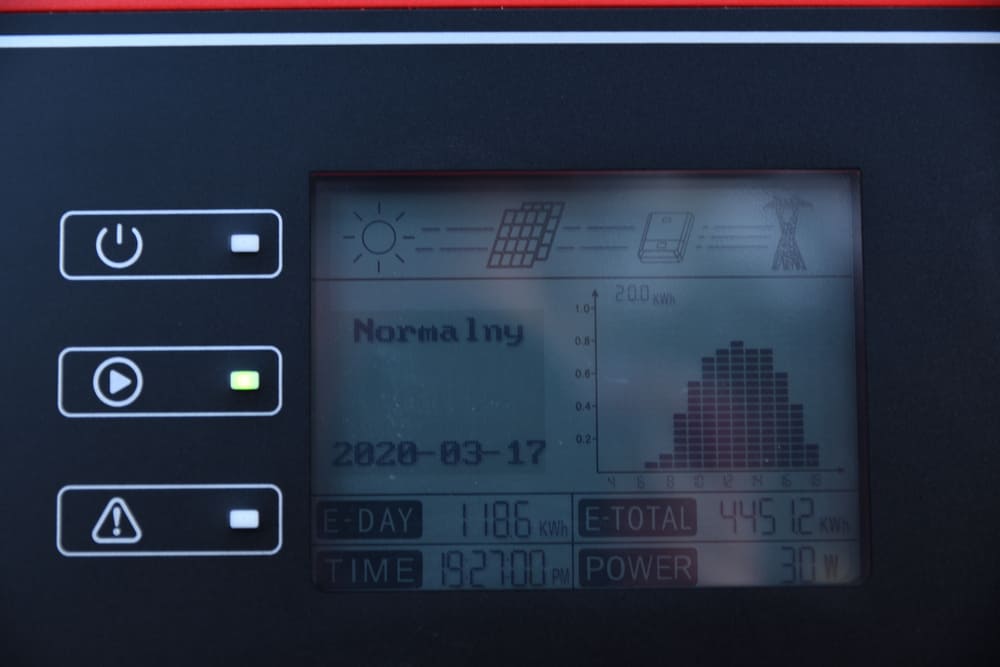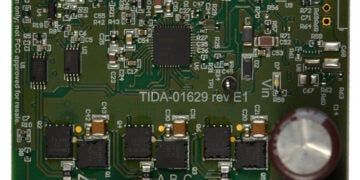
A controller is one of the most important battery management system requirements.
The proliferation of alternative energy source implementation has come with an increase in the applications where battery banks are needed. For example, intermittent generation with wind and wave energy systems where energy storage is required contributes to expanded battery system usage. More significant is the recognition of the operational reliability and robustness that backup power provides.
Leveraging the advantages of a battery backup system, however, necessitates that monitoring and control capabilities are present. The same is true for systems where batteries are the primary energy source. For example, controlling power consumption is critical for efficient performance in electric vehicles. This and other control functionality are among the most important battery management system requirements, regardless of the system or industry application.
Essential Battery Management System Requirements
Depending on whether your battery pack or system (single-unit multicell batteries and multiple battery architectures) is the primary power source or used as a backup, there are essential functions and capabilities that your battery management system (BMS) should possess, as listed below.
|
BATTERY MANAGEMENT SYSTEM ESSENTIALS |
|
|
BMS Requirement |
Description |
|
Monitoring battery system status |
The most important requirement for a BMS is to monitor the state of the battery system continually; such that other functions can be initiated if necessary. For example, ensuring the state-of-charge (SoC) for all cells is within acceptable operating limits. |
|
Controlling battery system operation |
The BMS controls the charge and discharge rates for the battery pack. This functionality works in concert with other circuitry to maximize operational efficiency. |
|
Protecting battery system elements |
The BMS consists of multiple elements and electronic components, such as HV isolation relays, that help avoid contingencies like under and/or overvoltages. |
|
Reporting battery system metrics |
BMSs are often linked to remote devices to deliver system operational metrics that may be used for technical oversight, risk management, maintenance scheduling, customer billing, or other administrative uses. |
|
Optimizing battery system performance |
The overall objective of the BMS is to optimize the utilization of the battery system within application constraints. |
The battery management system requirements define the operational and performance criteria for your BMS board design that is relevant for all BMS types and applications.
Battery Management System Types and Applications
Battery management system architectures can be relatively simple or very complex and include the following types:
|
Types of BMS Architectures
|
The topologies above may be implemented for any BMS, but battery pack size and system complexity typically dictate the type used. BMSs are commonly used in electric vehicles, alternative or renewable energy systems, and industrial applications.
Designing PCBAs for BMS Optimization
Battery management system units are usually single electronic circuit boards with sensors to monitor electrical parameters like current, voltage, and temperature. Switches for control, peripherals for communication often over CAN bus, and a microprocessor or other application-specific IC are important components for these embedded systems.
Your BMS is a critical element that ensures your battery-powered system functions, operates, and performs as intended. Therefore, following the guidelines, as listed below, is important when designing your PCBA.
Guidelines for Meeting Battery Management System Requirements
- Only select high-quality components.
- Make sure your symbols, footprints, and 3D models are accurate.
- Use datasheets and other design support effectively.
- Source components from a reliable supplier.
Following the guidelines will help you design a battery management system PCBA that satisfies the essential requirements for optimized battery-based system operation.
If you’re looking for CAD models for common components or information on designing circuit boards that adhere to battery management system requirements, Ultra Librarian helps by compiling all your sourcing and CAD information in one place.
Working with Ultra Librarian sets up your team for success to ensure streamlined and error-free design, production, and sourcing. Register today for free.








